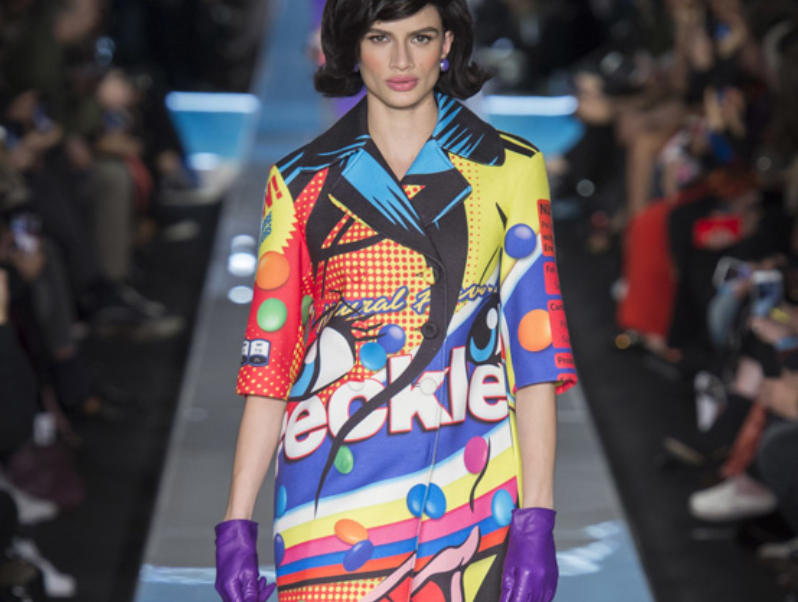
Interviewing Kawakubo was not easy, and she routinely gave negative answers to any carefully worded question - "don't know," "don't pay attention," "not interested."
There is a strong sense of non-doubt in a few words that makes asking or seeking more explanations difficult and unnecessary.
Faced with the demands of the shoot, she carefully examines which series, which look is the most representative; How models, lighting, sets can better represent the costume...
After all the arrangements are in place, we finally take out the collection in the archive, brush away the dust of time with us, and show the masterpieces that are timeless to the world again.
Fifty years have passed since Comme des Garcons was founded in Tokyo in 1973.
This number is a milestone for anything, a point in time when you can feel comfortable describing meaning and summarizing achievements.
But for Kawakubo, it's no different than every day that goes by. "Since I'm always creating new clothes, I always feel like nothing is perfect, or finished, so I never feel a sense of accomplishment."
Now 80 years old, she is as fearless and fearless as she was when she revolutionized the Parisian fashion world.
Rei Kawakubo's story seems to begin in 1981. It had been eight years since she launched Comme des Garcons in Tokyo.
If we stretch out the timeline and zoom out further, we can see her studying art and aesthetics at Keio University, doing research, collecting data and designing ads in the advertising department of a textile manufacturer, and we can see her leaving the company to become a freelance designer.
As if by some kind of guidance, she and fashion like two parallel lines of life gradually closer together, until 1973 completely coincide, merge into a long river that flows today.
Although not from a class, but it is said that the talent or the influence of the textile company, making clothes for Rei Kawakubo from the beginning seemed very natural and easy to handle.
She has said she does not regret not seeking professional fashion training, as she had plenty of time to train her eyes and develop a sense of beauty through natural means.
Of her rarely talked about early days, she recalls for us: "In a team of two or three, I made the clothes I wanted to make and put them in a duffel bag and sold them to well-regarded shops. I do it all myself, from buying the fabric and sending it to the factory to designing the patterns."
And she wasn't content to do it all in her hometown.
In 1981, Rei Kawakubo was determined to bring Comme des Garcons to a wider fashion scene.
With the attitude of an interloper, she injected a heavy dark color into the colorful, romantic and light Paris.
The runway models, dressed in black cloth draped around their bodies in various poses, were dull, ragged and even terrifying, a far cry from the dream-making visions of fashion that have long been rooted in Western systems.
People on the show, with confusion and incomprehension, wrote down in their notebooks "disaster is about to happen", "fashion that looks very poor", "it is better to wear when going to the tax bureau to pay taxes" and other descriptions.
Rei Kawakubo's mood at the moment is unknown, but if one were to make a bold guess, she must be secretly proud of her seemingly unemotional appearance. She never sought approval or even understanding.

